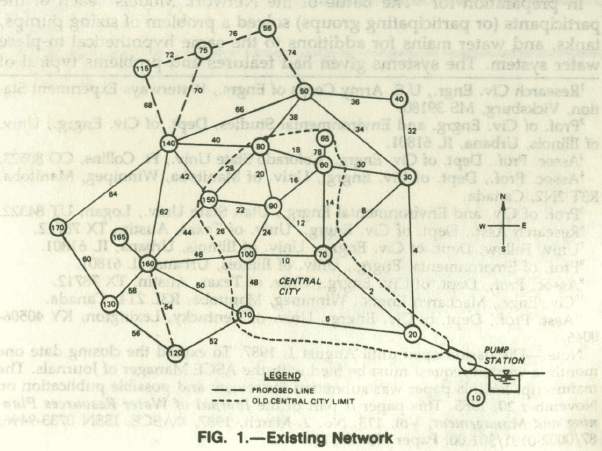When I started in the water profession many years ago, there was a clear distinction between the American Water Works Association (AWWA) and the Water Pollution Control Federation (WPCF), now known as the Water Environment Federation (WEF). AWWA dealt with drinking water while WPCF handled wastewater.
Over the years, that distinction has grown fuzzier, if it even exists at all. I think it accelerated with water reuse, as both organizations claimed that as part of its turf. But once the overlap starts, where should it stop? As examples, WEFTEC had a “drinking water pavilion” last year and AWWA published a wastewater operator exam prep book.
Do we really need two organizations duplicating each other’s material? Do we need to pay dues to two organizations in the same overall field? Is this duplication going to continue to grow until the organizations become mirrors of one another?
Things get more complicated internationally as there is the International Water Association (IWA) which covers the rest of the world with a broader scope. The Environmental and Water Resources Institute (EWRI) of the American Society of Civil Engineers (ASCE) also has a mission in water but is more narrowly focused on engineering.
The Water Research Foundation (WRF) is an example of the Water Environment Research Foundation (WERF) and AWWA Research Foundation merging to form a single entity. It seems to be working. But this is a much smaller, more focused entity.
There are events such as the jointly sponsored AWWA/WEF Utility Management Conference which has been running successfully for years.
EPA regulates both water and wastewater. Engineering firms that deal with water usually cover both water and wastewater.
The question is not so much where we are but where we’re headed. Here are some alternative outcomes.
- Duplication. If we continue as we have, we will end up with two very similar organizations with a duplication of conferences, manuals, etc.
- Demarcation. AWWA and WEF can get together and draw a clear line between the missions of the two organizations to avoid duplication and waste. There may be some duplication in the area of reuse. Some manuals may be co-authored by the two groups. There can be more joint conferences but ACE and WEFTEC and separate journals will continue.
- Merger. AWWA and WEF can merge into a super-American water organization. This can be messy initially as conferences, publication, awards, training, government relations and back-office merge. But it can result in a comprehensive water organization.
There are a lot of variations to these general options. All can be made to work. I wonder what kind of discussion has been going on.










